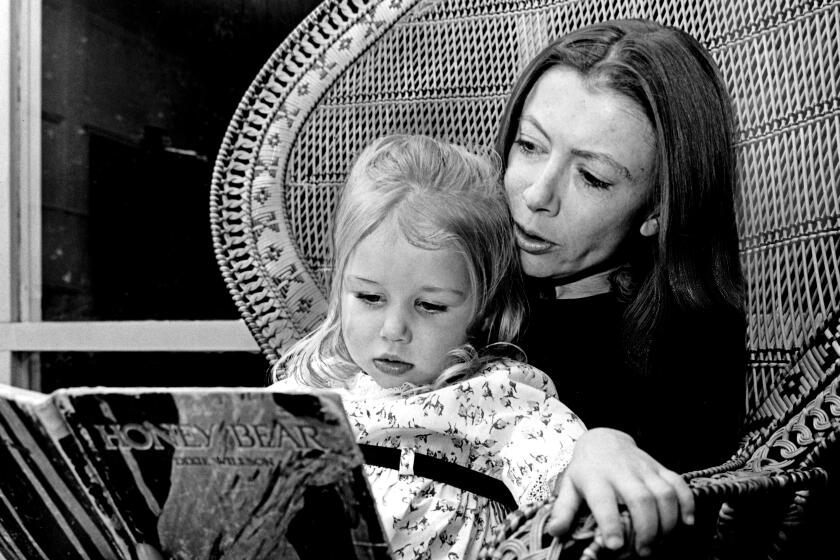1776, 1789, 1848, 1914, 1939 . . . : When History Has One of Those Unusual Years
- Share via
In certain rare years, events unfold and elevate themselves from mere dates in a calendar to virtual icons of historic social transformation. 1776 was such a year; so were 1789, 1848, 1914 and 1939. It now seems clear that 1989 also will be recorded as one of those memorable watersheds.
It was so momentous, so fills the mind--let alone the front page and the television screen--that the wind sprints that history is running across Europe seem to be at a speed never before known. Europe has seen revolutions before at least as devastating as those that brought down the Warsaw Pact governments last year. Some of the revolutions succeeded, as in France in 1789, and some did not, as in Italy, Hungary and Prussia in 1848. Europe has seen fairly successful attempts to replace chaos with order, as in the Congress of Vienna, when Europe’s royal families tried to stitch the old order back together after Napoleon was safely in exile. It has seen total failures, as in the absurd effort of the Treaty of Versailles that ended World War I to rewrite history rather than build on it.
But comprehending the lessons of history remains very much an art, not a science, and the most important lesson is seldom of momentous scale. For example, Ernest Hemingway published a collection of war stories that started at the battle of Thermopylae in 480 BC and included the description of the American Civil War in “The Red Badge of Courage” to inform his sons, who were about to be drawn into World War II, that the worst that could happen to a soldier in combat had already happened, somewhere in time. That is a superb use of history as educator, but of no particular comfort to a soldier about to be badly injured here and now.
History, in fact, can inform but it cannot guide. Harvard professors Ernest May and Richard Neustadt suggest in a landmark book, “Thinking in Time,” that the most important habit that can come from reading history is asking the right questions.
The right questions for today involve not so much whether Soviet President Mikhail S. Gorbachev can stay the course as whether anything in history provides a clue to the best way of staying the course.
One of the most delicate political maneuvers in Europe today involves reunifying democratic West Germany and an East Germany that has spent most of the Cold War as a Stalinist state, complete with an energetic secret police force. Not all of America’s allies are enthusiastic about the prospect of a reunited Germany, remembering a history that showed few continental wars before the 1870s, when a fragmented Germany was pulled into a single nation, and two great wars since then. Germany seems to have no designs on land it surrendered at the end of World War II or on its own nuclear forces or on relations that would diminish its force as a commercial power. But the West will want to focus its strategies on encouraging a united Germany not to stray from the policies Germany says it will follow in the future. History can tell Europe that it has happened that a nation almost constantly at war as recently as the 1700s, as in the case of Sweden, has renounced force; but history cannot guarantee that such renunciation will happen again.
One message from history that the world can surely count on is that centuries of national antagonisms, many of which sprouted from tribal and religious conflicts whose grudges and grievances seem to predate time, have been suppressed for the past few decades but not buried. Nowhere is this truer than in the Balkan countries on the western Soviet border, in the eastern Mediterranean and in parts of the Soviet Union itself.
Periods of history when events fling themselves headlong into the future as they have in Europe in recent months are rare, but they all have one thing in common: The pace eventually slows. Perhaps even before the world is ready for it to happen, Europe will bend to the tedious and often contentious work of stitching in the details of the progress toward an improvement in the human condition that has been made since last August.
Indeed, the one way in which 1989 is singularly different from the historical landmarks that have gone before is that it seems to signify not so much an acceleration of history but its resumption. Inso- far as we are concerned here solely with the history of the West, the events of all previous landmark years could be said to proceed in some logical succession from those that went before. Because Soviet-style communism sought the abolition of history in the societies it held in thrall, and because the threat of mutual nuclear annihilation made the Cold War one long stalemate, much of Europe’s history has been frozen in place for 40 years.
It is, in fact, useful to think of the entire period from 1914 to 1989 as a single historical epoch dominated by a great European civil war. All that occurred in that period--two world wars, the rise of Soviet power and the Cold War--were parts of that great struggle, now finally concluded.
The realization of this fact leads thoughtful leaders like Czechoslovakia’s Vaclav Havel to conclude that we are witnessing “an historically irreversible process, and as a result, Europe will begin again to seek its own identity without being compelled to be a divided armory any longer.”
More to Read
Sign up for our Book Club newsletter
Get the latest news, events and more from the Los Angeles Times Book Club, and help us get L.A. reading and talking.
You may occasionally receive promotional content from the Los Angeles Times.







